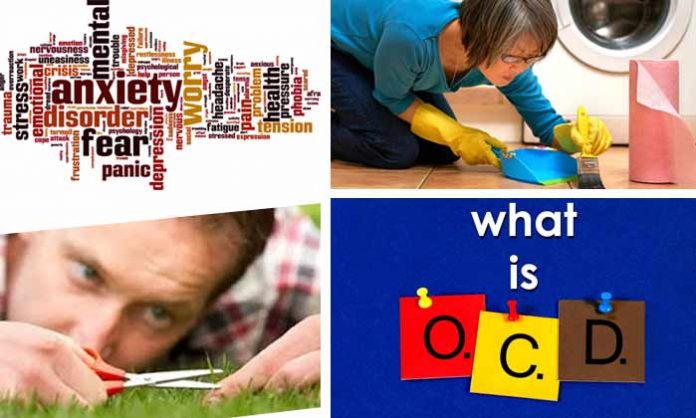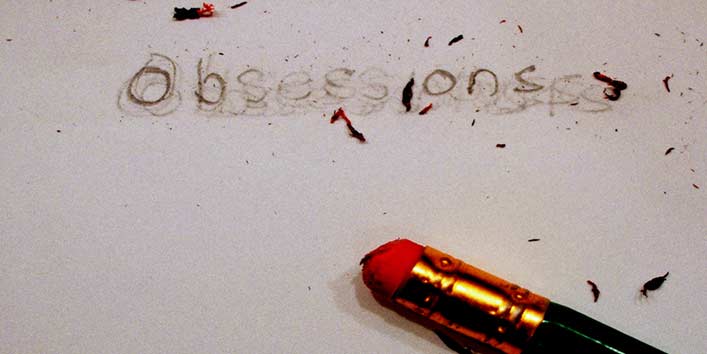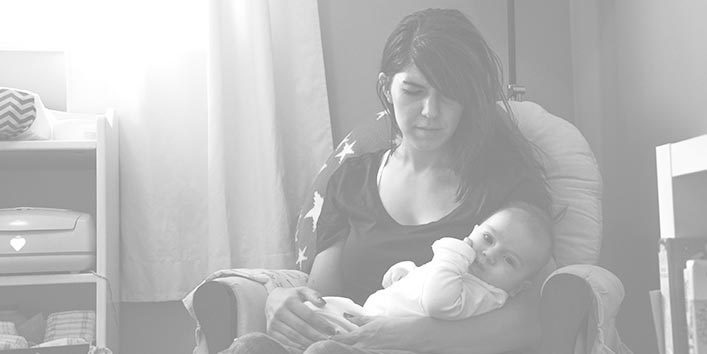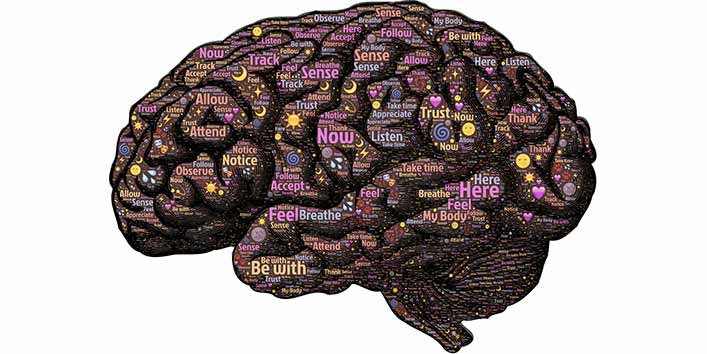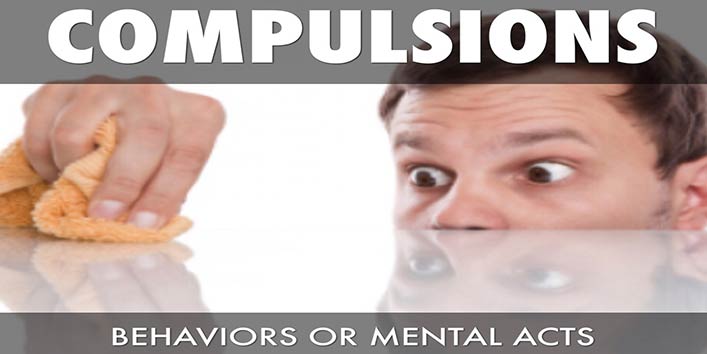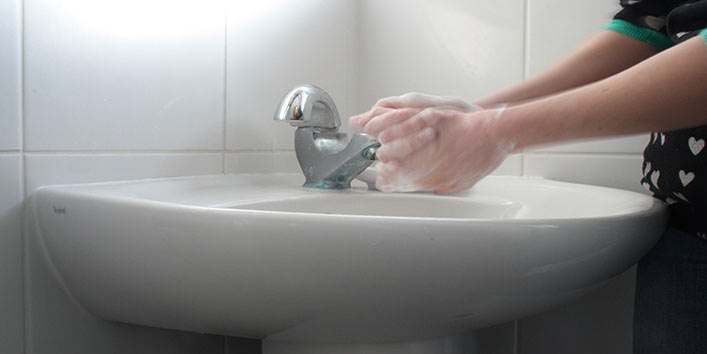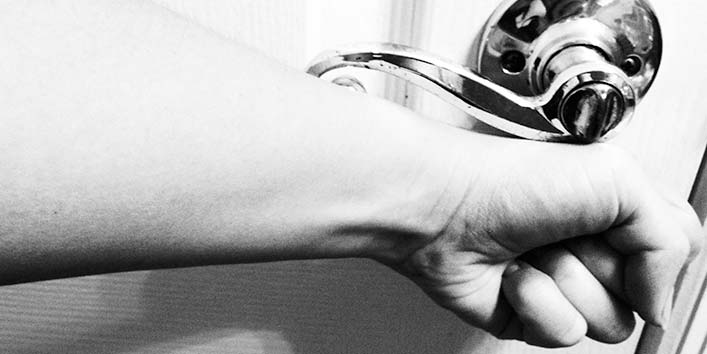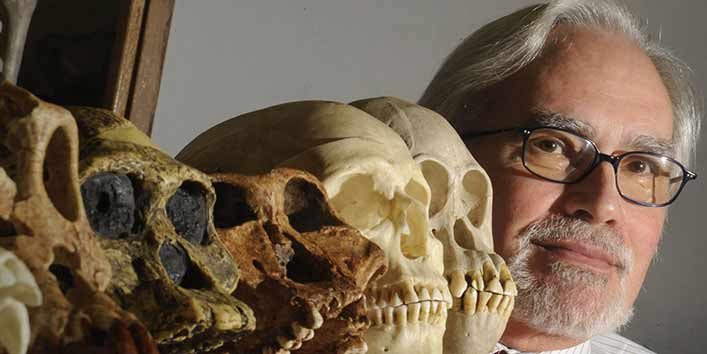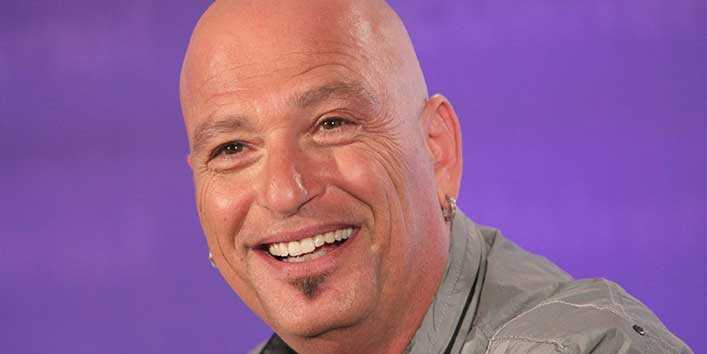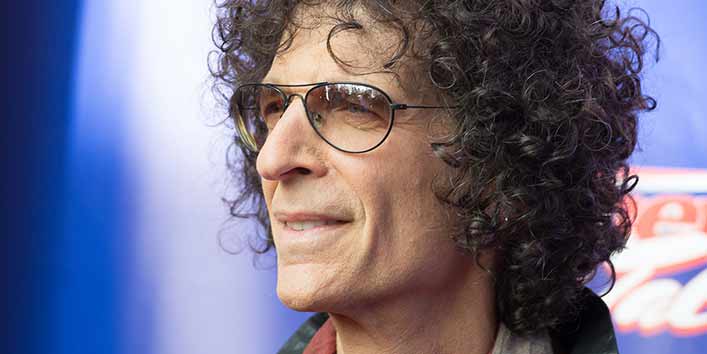OCD is an anxiety disorder in people, they are subjected to continuous unwanted and recurrent thoughts, feelings, ideas and notions that make them feel compelled to succumb to compulsions. Time and again the suffering person tries to get rid of the unwonted thoughts but this only proves to be temporary respite for the patient. Not performing the fanatical rituals leads the way to anxiety. A person’s level of anxiety ranges from insignificant to major. If left untreated, it also hampers the normal day to day functioning of the person.

It is gender-unbiased and raids both women and men in equal numbers. The visible signs of OCD begin to appear during the childhood or early adulthood. Movies and televisions have continuously portrayed people suffering from Obsessive Compulsive Disorder, but mostly the film industry fails to express OCD in a much realistic form, usually in an exaggerated one. But usually, OCD is not the thing they show on silver screen. It is no fun thing for those who are dragged to the fate of OCD. Obsessions and compulsions are continuous and ominously interferes with the normal life. For example, a person without OCD is efficiently able to filter out the thoughts of habitual hand washing and can normally agree to take the presence of ‘little’ germs on their hands as normal. But a person with OCD, if skips the ritual of washing hands will suffer from anxiety.
Unfortunately, people with OCD suffer in silence, feeling awkward about their condition. They have a constant fear of being rejected by the people around them. Cause having the neurobiological disorder is a social stigma for society.
However if the person acknowledges the symptoms before it’s too late, it can be treated like any other bodily ailment. Through therapy, a person can be able to manage his OCD symptoms.
Facts and figures of OCD in America
OCD is considered to be the most common anxiety disorder on a universal basis. A recent survey has brought some mindboggling figures to light.
- Anxiety disorders are the most prevalent mental illness in the U.S. It take holds of 40 million adults in the United States of age 18 or older. Says, National Institute of Mental Health.
- While people remain hostile towards growing numbers of OCD cases, it is equally factual that OCD is highly curable. However, only one-third of people with OCD goes for treatment.
- Anxiety orders cost the country more than $42 billion a year, which is surprisingly one-third of country’s total mental health bill i.e. $148 million, according to according to “The Economic Burden of Anxiety Disorders,” a study commissioned by ADAA
- $22.4 billion of medical bills are caused by people mistaking physical illness for mental disorders, which clearly indicates that people are still unaware about the symptoms of OCD
- People with anxiety disorders are more likely to see the doctor than those do not suffer from any anxiety disorder.
- Anxiety disorders are not caused by a single factor but is caused by a complex set of factors which includes genetics, brain chemistry, personality and life events.
Who is at risk? Causes of OCD
The following factors open the gates to OCD:
Genetics: However, still there’s no scientific evidence that OCD is carried out through genes, but still it has been speculated that a person who has someone with OCD in his close relationship is more prone to get OCD himself. A person has 25 percent more chances of getting OCD if someone in his family is already diagnosed with it. OCD is however like any other disease is more predominant in identical twins than fraternal. Identical twins have 70 percent chances of sharing OCD while fraternal twins have 50 percent chances. The researchers are still not evident about the genetic relevance of OCD in a person
Post-partum changes: Women who have just undergone a childbirth have more chances to get OCD than others. Unstable hormones and changing lifestyle trigger off symptoms which resemble OCD. 30 percent of women have suffered from OCD during their post-partum period. Postpartum OCD is marked by excessive concern regarding the well-being of the newborn baby. Some compulsive behaviors like washing the baby time to time might harm the well-being of the infant. So, a treatment becomes a must for the women suffering from post-partum depression.
Environmental inducers: Certain environmental conditions triggers of mental imbalances, further leading to OCD. A person living in stressful environmental conditions or is subjected to violence or physical abuse for long periods of time is more prone to get OCD than a person who is living in normal conditions. A loss of loved one also induces mental imbalance which triggers off symptoms of OCD. Apart from the emotional stressors, physical ailments also pave the way to anxiety disorders. These situations can initiate OCD or can worsen the existing OCD in a person.
Biological factors: Anomalies in brain structure can induce OCD. A person with abnormal frontal lobes, basal ganglia and cingulum is very prone to OCD. Basal ganglia are that parts of the brain which is involved in routine behaviors like hygiene, grooming, etc. and the frontal lobes govern the organizational behavior and planning. Cingulum is responsible for communicating brain’s emotional and behavioral messages with the help of its fibrous bands. Any aberration in the structure of these parts of the brain can prompt OCD. Research says that aberrantly low levels of Serotonin are the most proven fact that associated the brain with OCD. Serotonin is a neurotransmitter that conveys information from one nerve to another all the way through the brain. It is released from one synapse and travels to another synapse. After the message is sent, the brain reduces the level of serotonin in synapses. Low levels of synapse inhibit the normal functioning of message sending procedure in the brain.
Difference between obsession and compulsion
Obsessions are spontaneous, apparently uncontrollable thoughts, images, or instincts that occur over and over again in a person’s mind. They don’t want to have these ideas in their head, but they can’t get rid of them either. Unfortunately, these obsessive thoughts are every so often troubling and off-putting.
Compulsions are actions or rituals that a person feel obligated to act out recurrently. Typically, compulsions are executed with a primary motive to make obsessions take its leave. For example, if they’re scared of contamination, they might cultivate tricky cleaning rituals. However, the respite never keeps up. To the contrary, the obsessive thoughts generally come back stronger. The compulsive behaviors usually conclude into anxiety themselves as they turn out to be more severe and time-consuming.
Symptoms
Obsessive Compulsive disorder symptoms usually comprise of both the obsessions and compulsions. But it’s also likely to have only one of the two symptoms. About one-third of the people who are diagnosed with OCD also has a disorder that consist of impulsive and recurrent movement or sounds.
Obsession symptoms
Obsessions are recurrent and uninvited impulses or images that cause the patient to feel immediate distress or anxiety. The patient might try to get rid of them by carrying out a compulsion or ritual. These obsessions invade the patient’s mind while they are trying to do some other thing.
Difference between obsession and compulsion
Obsessions are marked by following themes:
- Fear of infection or dust
- Fetish to arrange things symmetrically
- Destructive or appalling thoughts about hurting yourself or others
- Unsolicited thoughts, including violent, sexual or spiritual images
Examples of obsession signs and symptoms include:
- Fear of being contaminated by simple social gestures like shaking hands or by touching stuff that others have touched
- Suspicions that you’ve locked the door or turned off the stove or not.
- Extreme anxiety when things aren’t methodical or in accordance to a certain way
- Imageries of hurting yourself or someone else
- Thoughts about yelling indecencies or acting improperly
- Evading the circumstances that can cause obsessions, such as shaking hands or touching public payphone.
- Distress about disagreeable sexual pictures repeating in your mind
Compulsion symptoms
OCD compulsions are repetitive actions that a person feels compelled to do. These repetitive behaviors are meant to avert or ease anxiety related to their manias or prevent something bad from happening. However, taking part in the compulsions brings no pleasure and may offer only a momentary respite from fretfulness.
They may also devise instructions or rituals to follow that help reign over their anxiety when they’re having obsessive feelings. These compulsions, however, aren’t rationally meant to prevent the feared event.
As with obsessions, compulsions characteristically have subjects, such as:
- Washing and cleaning
- Counting
- Checking
- Asking for assurances
- Sticking to a strict pattern
- Conformity and orderliness
Illustrations of compulsion signs and symptoms include:
- Hand-washing until your skin becomes red
- Checking doors repetitively to make sure they’re locked
- Checking the stove over and over again to make sure it’s off
- Counting in certain outlines
- Mutely repeating a prayer, word or phrase
- Placing their preserved possessions to face the same way
Symptoms don’t come to the front immediately, rather it starts to appear gradually and have a tendency to vary in gravity throughout their life. Symptoms normally get worse when they’re subjected to more stress. OCD considered a permanent disorder, can be so acute and time-consuming that it disables the person to pursue a normal life. Even the patients recognize the fact that they’re obsessions doesn’t make sense, but this is something that doesn’t happen with the children. They don’t realize what’s wrong with their obsession.
Diagnosis (tests)
To diagnose OCD, the doctor conducts the following test and examination on the person concerned:
Physical exam: Physical examination of the patient is carried out to rule out other disorders that could be triggering their OCD-like symptoms and to examine for any associated complications. During the physical examination, the doctor is likely to check Patient’s
- Height and weight
- Heart rate
- Blood pressure
- Body temperature
- Heart and lung sound
- Abdominal area
Lab tests: the doctor might also carry out a complete blood count (CBC), screening for alcohol and drugs and thyroid function test. Often blood-related problems create situations that mimic OCD.
Psychological evaluation: The mental health provider will conduct a psychological assessment of the person to see whether the person satisfies the criteria to be diagnosed with OCD. During the examination, the doctor will ask the patient about number of things like:
Diagnostic criteria for OCD
- Their views, feelings, and conducts
- Their indications
- Time when the symptoms began
- the gravity of symptoms (from their point of view)
- Impact of symptoms on their daily life
- Related past incidents
- If they’ve had thoughts of suicide, wounding yourself, or others
To make a diagnosis of OCD in a person, he should meet particular criteria which are devised by American Psychiatric Association in the Diagnostic and Statistical Manual of Mental Disorders (DSM). This manual is brought into practice by insurance companies and mental health providers to reimburse the treatment and diagnose the illness respectively.
Universal conditions required for a diagnosis of OCD include:
- The person must have either obsessions or compulsions or both.
- He may or may not realize that your obsessions and compulsions are extreme or irrational.
- Obsessions and compulsions are considerably timewasting and hamper their day-to-day routine and social and work roles.
- Recurring, persistent and unwanted thoughts, instincts or images are invasive and cause distress.
- They try to overlook these thoughts, images or impulses or to overturn them with habitual actions.
- Ritualistic actions that they feel motivated to do, such as hand-washing, or repetitive mental acts, such as repeating a phrase silently.
- They attempt to counteract obsessions with another thought or action.
- These actions or mental acts are meant to avert or ease distress, but they are excessive or not convincingly interrelated to the problem they’re intended to fix.
OCD categories
People with OCD are often seen of following types:
Washers: Intimidated by dirt. They generally have cleaning or hand-washing compulsions.
Checkers: check things over and over again (oven turned off, door locked, etc.) that they relate with harm or danger.
Doubters and sinners: They are perturbed by everything isn’t perfect or not done according to their own way. And they believe that something terrible will happen, or they will be punished if the orders and sequence are not followed.
Counters and arrangers: They are order and symmetry obsessed. They may have false notions about certain numbers, colors, or arrangements.
Squirrels :Reluctant to throw anything away, no matter how useless the thing is to them. They compulsively pile stuff that they don’t need or use anymore.
Along with these, OCD is also classified into different levels on the basis of severity:
- mild functional impairment –compulsive rituals and thoughts occupy less than one hour of your day
- moderate functional impairment – compulsive rituals and thoughts occupy one to three hours of your day
- severe functional impairment – compulsive rituals and thoughts occupy more than three hours of your day
OCD treatments
Though OCD is a lifelong ailment, but it not lifelong imprisonment. Through therapies and help from family, its symptoms can be brought down. The most effective treatment so far for obsessive-compulsive disorder is cognitive-behavioral therapy. Antidepressants are also brought into utility sometimes in combination with therapy, although medication single-handedly is hardly effective in subsiding the symptoms of OCD.
Cognitive-behavioral therapy for obsessive-compulsive disorder (OCD)
This therapy has shown the largest number of success stories as far as OCD is concerned. It contains and is carried out in two steps:
Exposure and response prevention: This involves constant exposure to the source of the person’s obsession. Then the person is asked to stop himself from demonstrating the compulsive behavior that he might have customarily performed to ease his anxiety. For an instance, if a person is a compulsive hand washer, he might be demanded to touch the soap dispenser in a public washroom and then be prevented from washing his hand. As the person sits with the anxiety, the impulse to wash his hands will slowly but surely start to go away on its own. In this manner, the person is brought into the realization that he doesn’t need to get into these customary rituals to ease his anxiety. And the person is taught to put a halt over his compulsive thoughts and behaviors.
Cognitive therapy: This part of the therapy emphases on the ruinous thoughts and overstated sense of responsibility that a person feels. The major part of cognitive therapy for OCD involves training the person about healthy and capable means of reacting to obsessive thoughts, without falling back to compulsive behavior.
Psychiatrist Jeffrey Schwartz’s guide to conquering symptoms of OCD
Author of Brain Lock: Free You from Obsessive-Compulsive Behavior devised the following four steps guide to deal with OCD:
RELABEL – Be familiar with the fact that the indiscreet obsessive thoughts and urges are the mere end result of OCD. For example, train oneself to say, “I don’t think or feel that my hands are dirty. I’m having an obsession that my hands are dirty.” Or, “I don’t feel that I have the need to wash my hands. I’m having a compulsive urge to perform the compulsion of washing my hands.”
REATTRIBUTE – Understand that the strength and pushiness of the thought or urge are caused by OCD; it is perhaps associated to a biochemical imbalance in the brain. Speak to oneself, “It’s not me—it’s my OCD,” to remind yourself that OCD thoughts and impulses are not meaningful, but are fabricated messages from the brain to misguide you.
Self-help guides for OCD
The primary motive of therapies is to enable the patient to become his own Therapist. Whenever the self-destructing and obsessive thoughts emerge at first place, follow these steps to refrain yourself from giving up to the compulsive actions:
- Refocus your attention toward more constructive things like music, reading, jogging, walking, knitting, etc. Do something that you enjoy, for at least 15 minutes a day, in order to keep the destructive thoughts off the nook.
- Jot down your obsessive thoughts and worries. Keep writing your urges to know how repetitive your urges are and how much you’ve tackled them. If needed, write down the urges or the repeated phrases hundred times straight so that they lose its power.
- Anticipate the OCD urges. Create a mental picture that the knob of the gas stove is now closed and it doesn’t need to be checked again. So that when the urge to check the things reappear, you can be sure that it’s just an obsessive thought.
- Choose 10 or 15 minutes of worry period every day. During this time, you can devote yourself to obsessions. Don’t try to correct or assess your thoughts during this period. Just let it go. Create a worry list to jot down your negative urges that came into your mind during this period and reassess them later.
- Mindful meditation and yoga are the sure shot way to combat uneasiness that comes along OCD. Try to practice yoga or meditation for at least an hour a day.
- Your eating habits are clearly reflected through your mental health. Healthy eating will not only keep your body fit but also will boost serotonin which is usually lower in levels in those with OCD.
- Exercise regularly and sleep better. Exercise is the natural stress booster. The hormone endorphins released during rigorous workout sessions reduce anxiety. For maximum recovery, get into workout schedule of at least 30 minutes every day to see noteworthy outcomes. Along with the physical activities, adequate sleep is also required. Lack of sleep can worsen the effects of OCD. When you’re getting enough sleep, it is easier to put your mind at peace.
- Stay connected with your family and friends, as no other therapy is as effective as love. Love heals everything. Involving your people in your therapy will always keep you motivated and assured about your recovery. Isolating yourself on other hands will only aggravate the symptoms of OCD.
- If needed, join an OCD group. A mere thought of not being alone with an illness is the most assuring feeling in the therapy. OCD groups enable you to share your experiences and learn from the experiences of others.
Living with an OCD patient
If a family member or a friend is suffering from OCD, your foremost duty is to know what OCD is which is clearly elaborated in the write-up. And apart from the knowledge, you need to be always being there for the person and never let them feel secluded. The way you act towards your loved one’s OCD symptoms can put a great impact on their recovery.
- Negative remarks or disapproval can worsen OCD while a peaceful, compassionate atmosphere can enhance and speed up the outcome of treatment. Focus on the victim’s positive qualities and don’t step back from complimenting them for the same.
- Don’t rebuke someone with OCD or ask the person to discontinue performing rituals. They can’t obey, and the expectation from them to stop doing so will only make their situation worse. Just keep in mind, your loved one’s OCD deeds are just the symptoms, not their character flaws.
- Practice kindness with OCD victims. Every sufferer will respond to the therapies at their own pace. Appreciate little improvements in their behavior and invest your attention in positive elements in the person’s life.
- Do not support the person’s compulsive rituals. Assisting the sufferer with rituals will only support the behavior. Support the person, not their compulsions.
- Make a promise to not to allow OCD to take over family life. Sit and discuss and work out ways about how you’re going to tackle your loved one’s OCD. Try to maintain the normalcy of the family and keep the environment as stress-free as you can.
- Communicate directly and calmly. Be open about your loved one’s condition and make sure that the person doesn’t fall prey to any misunderstanding regarding the therapy.;
- Laugh at OCD. Finding the funny side and silliness in some OCD symptoms can help the sufferer become more apart from the disorder.
Famous people with OCD
As mentioned earlier, OCD is unbiased of social status or class. It affects everyone equally and drastically. There are surprisingly a large number of celebrities who have been or had combated OCD. Maybe we can draw inspiration from these celebrities.
1. Megan Fox- This actress is every American boy’s dream. But little do we know that she has been suffering from OCD since years. Like many OCD people, she refuses to use public restrooms or restaurants knives and forks as she fears contracting germs from them. However after the birth of her son Noah, her OCD went down greatly.
2. Marc Summers- it is surprising that the actor who dealt with pouring green goop every day on the set of ‘Double Dare’ would be so obsessively scared of germs. His OCD made him shower immediately after completion of each show. His home was organized according to a fixed pattern designed by him and he became very distressed each time the order is disturbed.
3. Cameron Diaz- finding her name on the list might have inspired many while breaking the hearts of others. She was overwhelmingly scared of contracting germs from the door knobs. It is also reported that in her home the polish of the door handles have worn off because she turns the handles using her elbows.
4. Justin Timberlake- And another heartthrob’s name on the list. He has self-diagnosed himself with ADHD (Attention Deficit Hyperactivity Disorder) and OCD which proves to be a very difficult thing to deal on a daily basis. He always likes certain things to be lined at right angles and he makes sure that he always have particular things in his refrigerator.
5. Howie Mandel- Host of ‘Deal or No Deal’ is the most public OCD sufferer in the world. He asks his makeup artists to use fresh sponges on a daily basis, he never puts his hands over handrails and he doesn’t like putting money in his hands until it has been washed. He refuses to shake hands with people with a fear of catching germs.
6. David Beckham- People of sports are also not spared! The most high profile athlete is also the sufferer of OCD. He becomes restless when things aren’t arranged specifically and he also avoids odd number as it upsets his mind. He also rearranges the hotel furniture if it is not lined according to his preferences.
7. Leonardo DiCaprio- As a child Leonardo DiCaprio used to walk on the gum stains of the sidewalk while voluntarily trying to avoid the cracks and crevices in the pavement. However with time, he learned to manage his OCD symptoms.
8. Howard Stern- Howard diagnosed his OCD when he was first getting broadcasted after stepping out of college. His obsessive ritual included tapping his car radio dial a number of times before starting the engine.
9. Billy Bob Thornton- Not only dyslexia, this iconoclastic actor has suffered other ailments including OCD. His abusive childhood is held responsible for his mental health. He puts a mail out of his mailbox and put it back three times as a part of his ritual. He assigns a number to people around him and often recall them in his mind through the allocated numbers. The song ‘Always counting’ in his band album narrated his condition.
10. Fiona Apple- It took seven years for Fiona Apple to record her latest album. And the reason behind such a delay is Obsessive-Compulsive Disorder. Fiona’s OCD has come up to the public in many forms like straightening up the trash in the garbage can and inability to drive. Her OCD has confined her to Los Angeles as she barely drives off to neighboring places except the tours.
